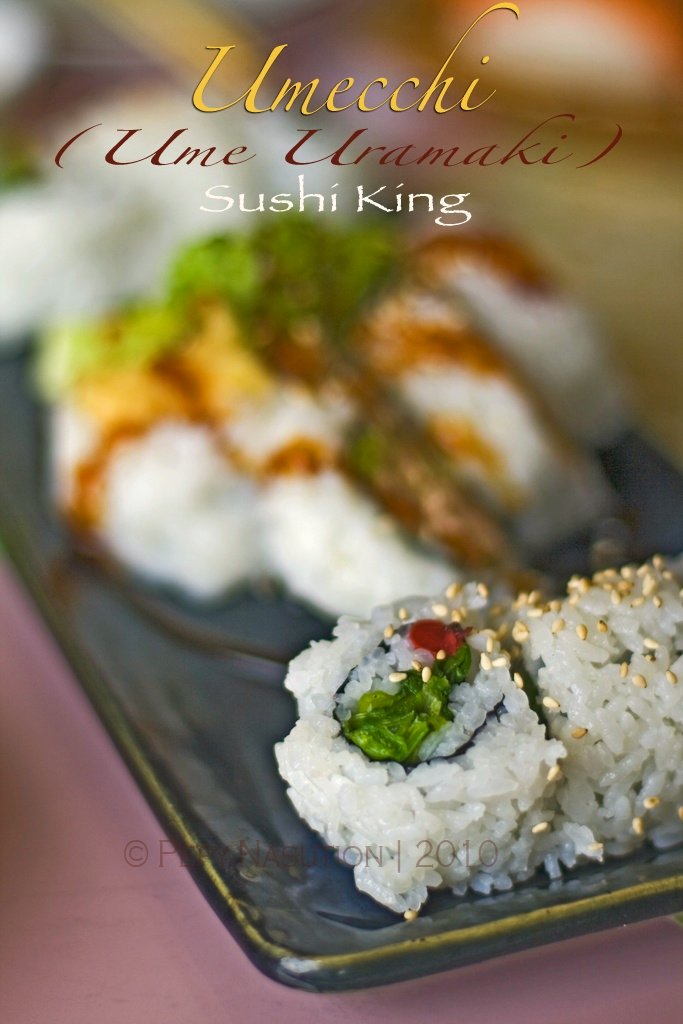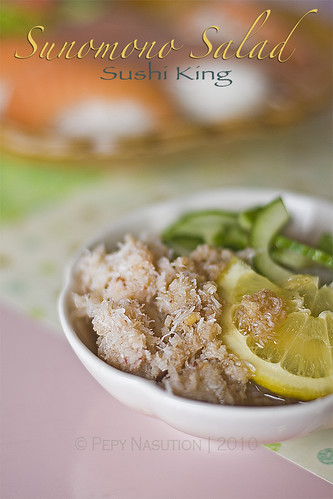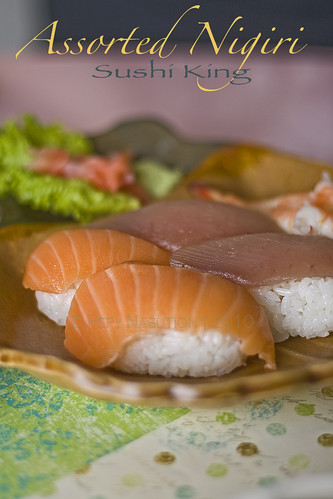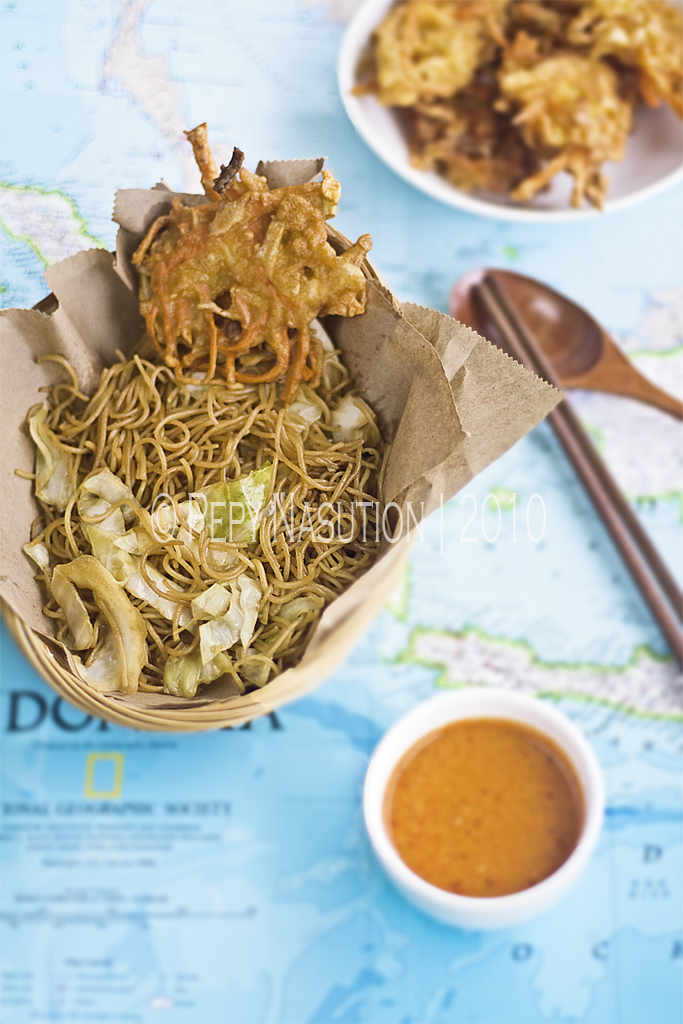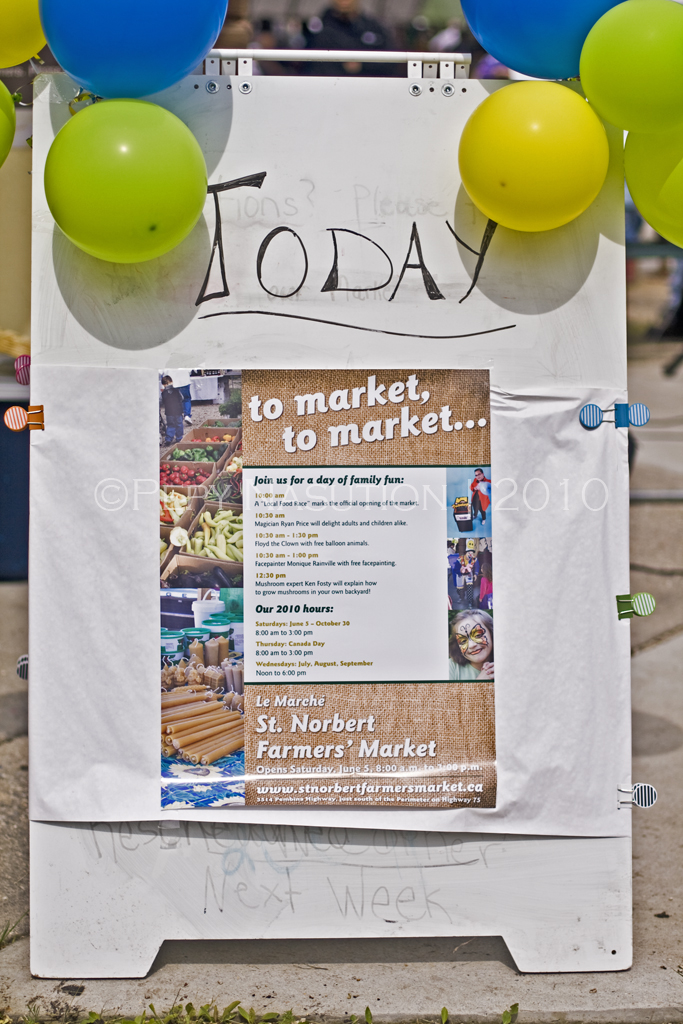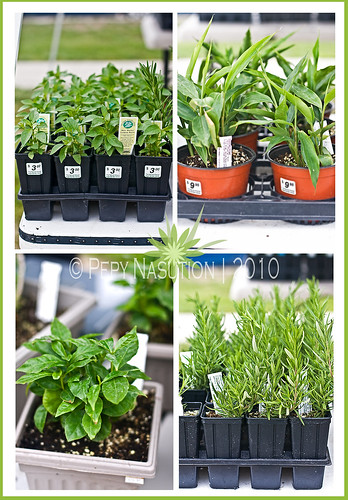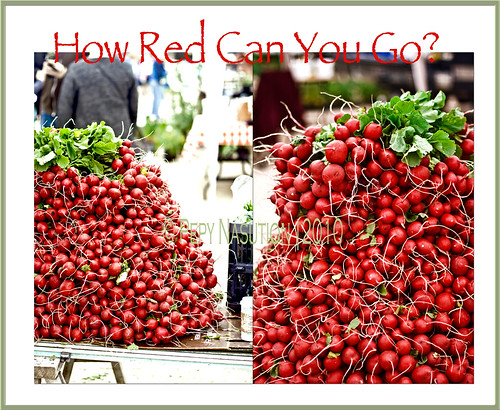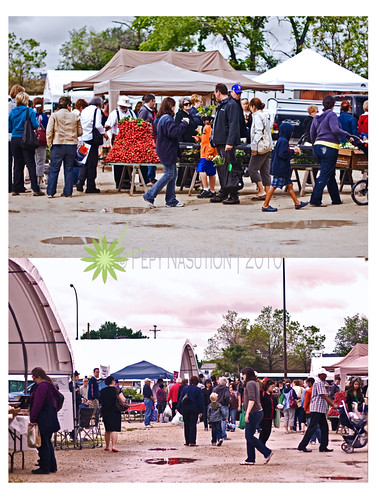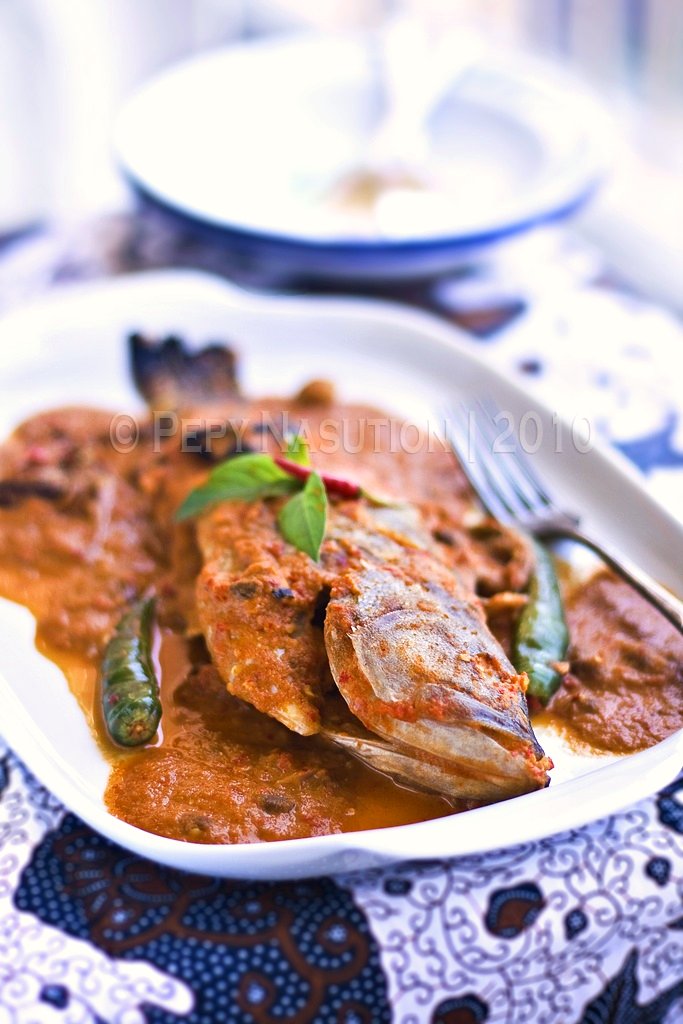
Gulai Kerapu Tauco is very interesting combination dish. Indonesian gulai is influenced by South Indian cuisine especially curry and by adding fermented salted soy bean sauce/paste (or tauco), it makes this dish very fusion. Tauco is a part of Peranakan ingredients in Indonesia.
In Indonesia, there are two terms that refer to Chinese descendants, Peranakan and Totok*:
1. Peranakan is a term for people of Chinese descent who were born in Indonesia and have blended into the local culture. A peranakan usually has an Indonesian name and can't speak Mandarin. However, it has been changing lately. I know ample younger generation of Peranakan go to school that is taught in three languages; Indonesian, English and Mandarin.
2. Totok refers to Chinese people who were born in China and maintain strong links to mainland China. The term now also includes Chinese Indonesians raised with strong Chinese traditions, and usually speak Mandarin.
When did these Chinese immigrants move to archipelago (Indonesia)? According an article from the
Jakarta Post, between the 19th century and the beginning of the 20th century, a large number of Chinese immigrants moved to the archipelago from different ethnic groups in the southeastern part of China, including Hakka, Hainan, Hokkian, Cantonese, Hokchia and Teochew.
Back to our food discussion, tauco has many different varieties depend on the region. The city producers of tauco are Cirebon, Medan, Riau dan Cianjur. Medan's Tauco is salty just like the fermented soybeans that I use in Canada. While people who grew up in Central Java will say that is not the tauco that they have. Tauco in Central Java has sweeter taste due to the coconut/palm sugar added.
Interestingly, I grew up in Java cities but I used to have Medan's tauco, because my dad came from Medan. So, I accustomed to salty tauco. For those who live in Indonesia and want to try this recipe, I recommended to use Medan's tauco.
Gulai Kerapu Tauco
- Grouper Curry with Fermented Salted Soybean Sauce -
recipe by Sedap Sekejap, modified by me
Ingredients:
400 g whole grouper, cleaned and rinsed off under running water
1 turmeric leaves
2 cm (0.8 inch) long galangal, bruised
2 long green chilies, length cut
3 tbsp tauco
200 ml water (I substituted for clam juice or shrimp/fish broth)
400 ml thin coconut milk
1 asam kandis (I substituted for kokam or gorakha)
2 tbsp EV olive oil/coconut oil
Spices to be ground:
8 shallots
4 cloves garlic
4 candlenuts
5 long red cayenne pepper
salt as desired
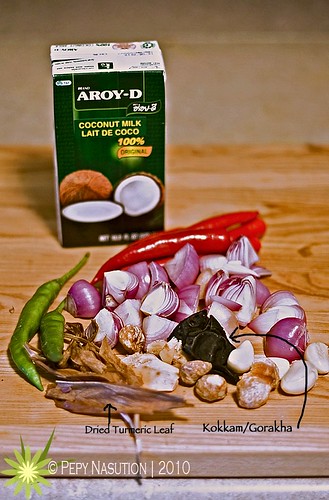
The spices without tauco in the picture
Directions:
1. Broil grouper until both sides are brown.
2. Stir fry ground spice until fragrant.
3. Combine turmeric leaves, galangal and green chilies; stir until chilies wilted.
4. Add tauco; stir briefly. Add grouper and stir evenly.
5. Add broth and coconut milk. Cook until spices are absorbed. Add asam kandis/kokam/gorakha. Stir briefly and remove from the heat.
Notes:
- Thank you to the Jakarta Post for the article.
- The original recipe stated to deep fry the fish. I chose to broil it since it applied less oil and left a small mess in the kitchen.
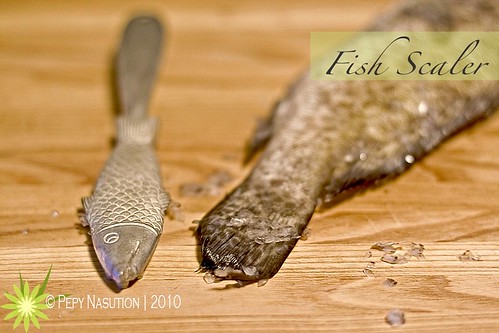
If it happens you don't have to scale your fish, all I say lucky you!
When I bought a fish sometimes, the fish hasn't scaled yet. At least, I don't have to clean the innards
